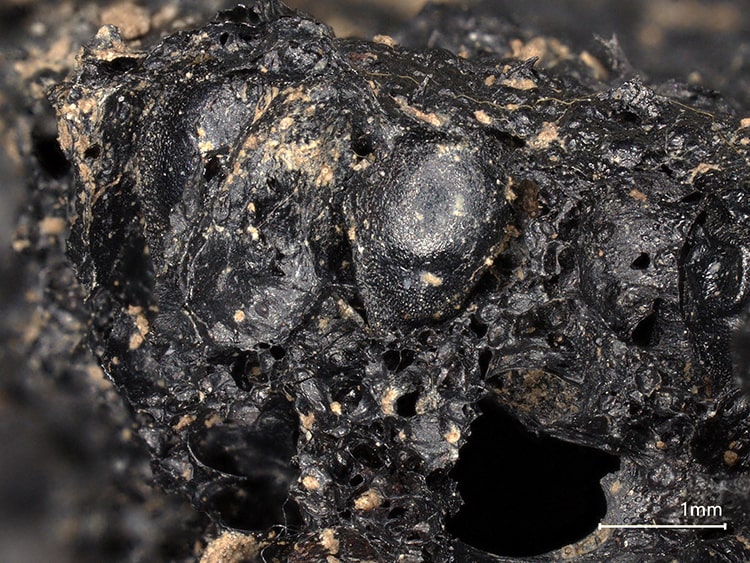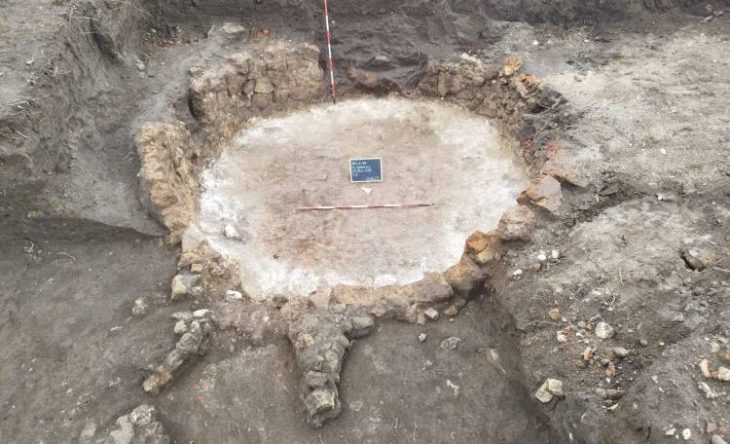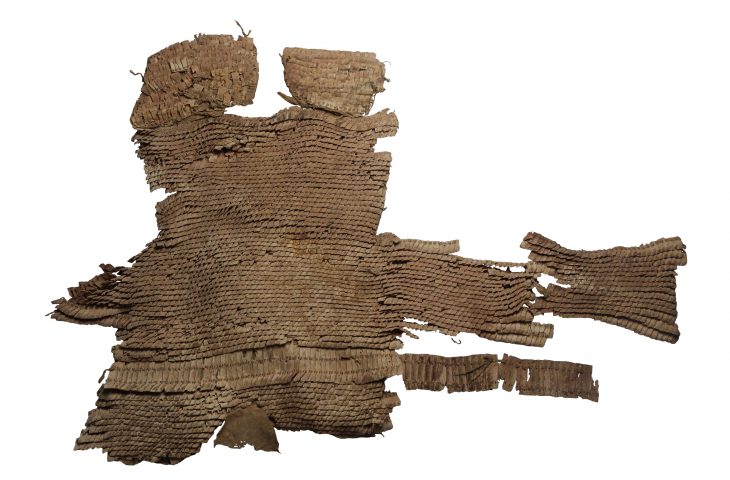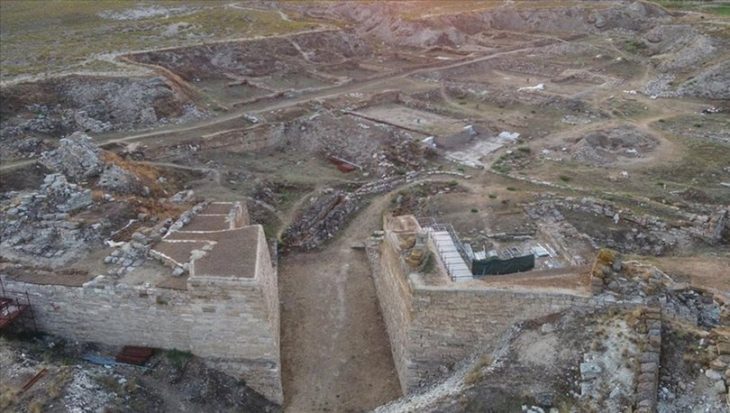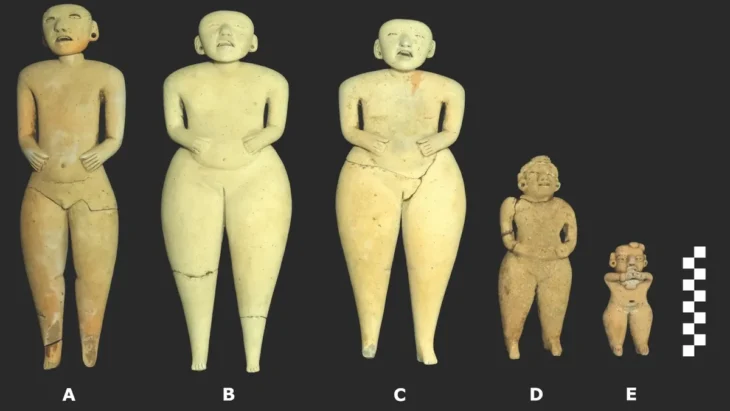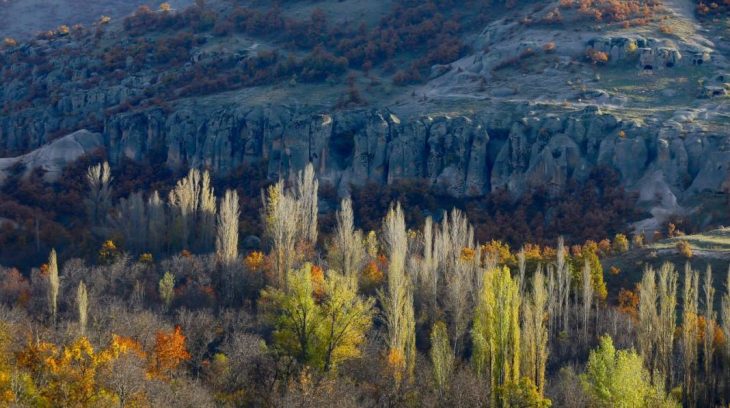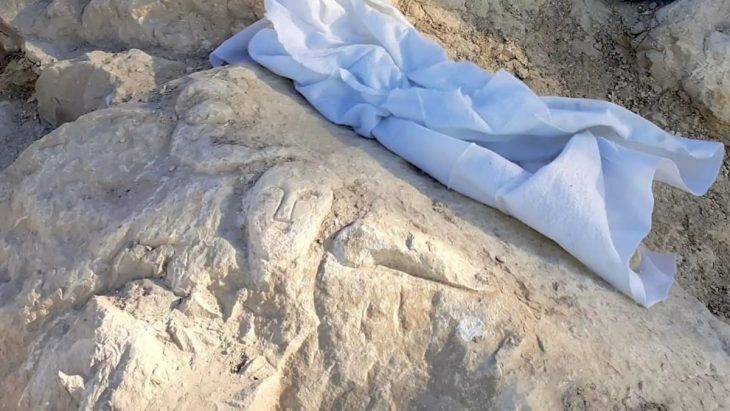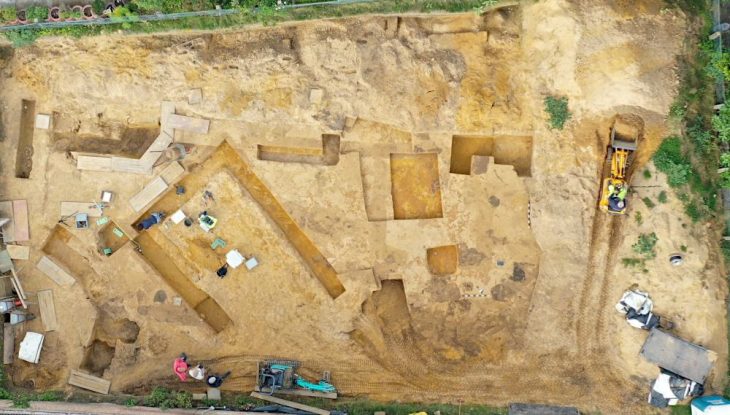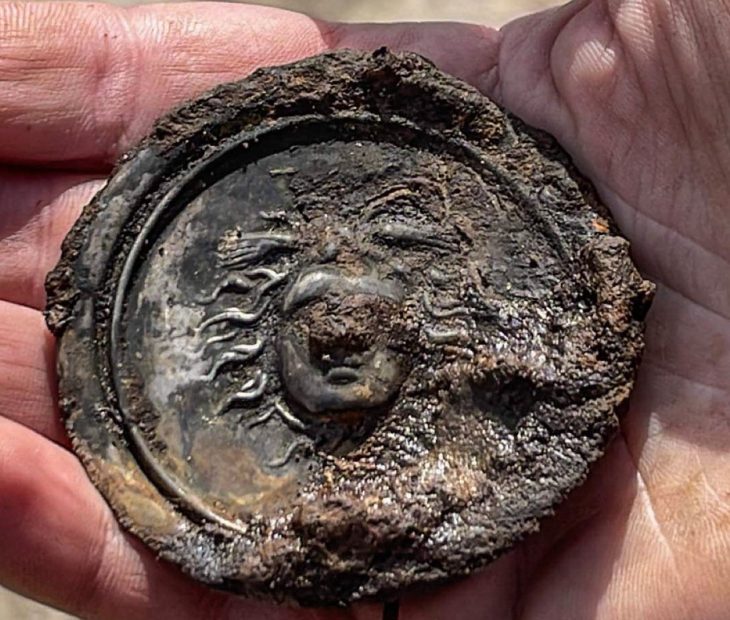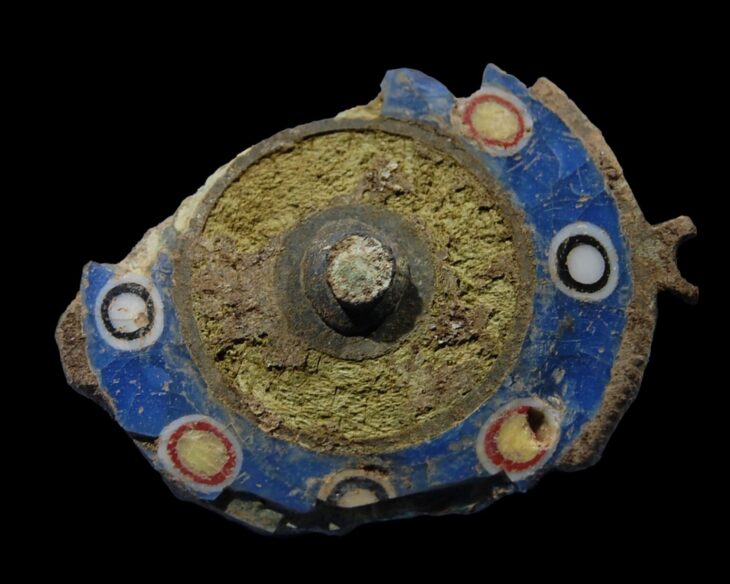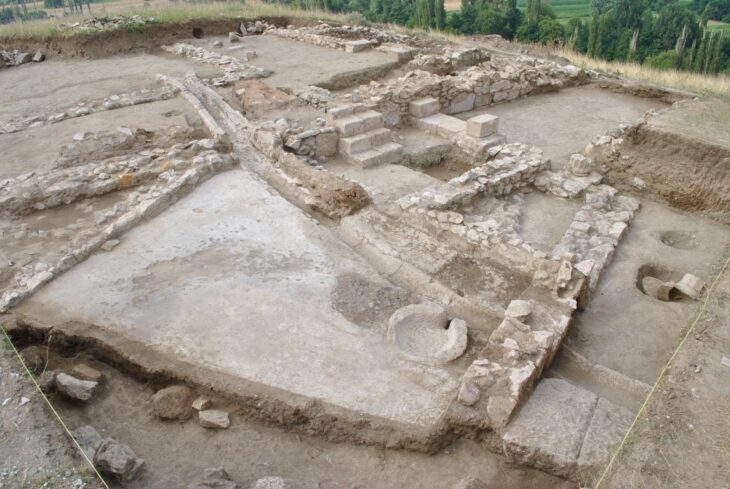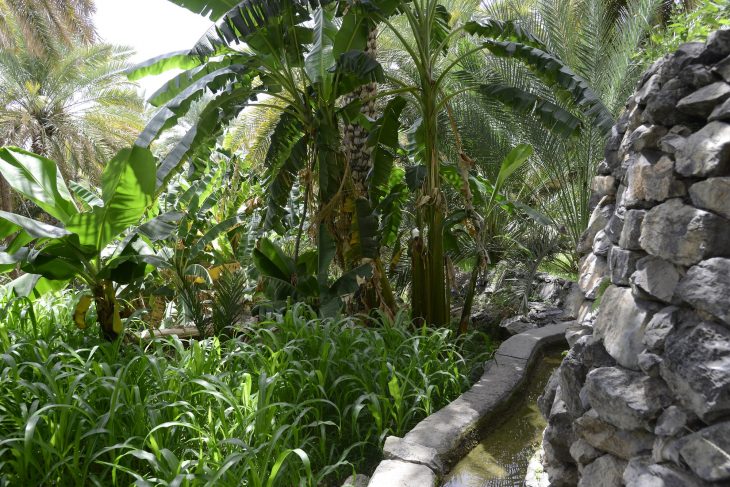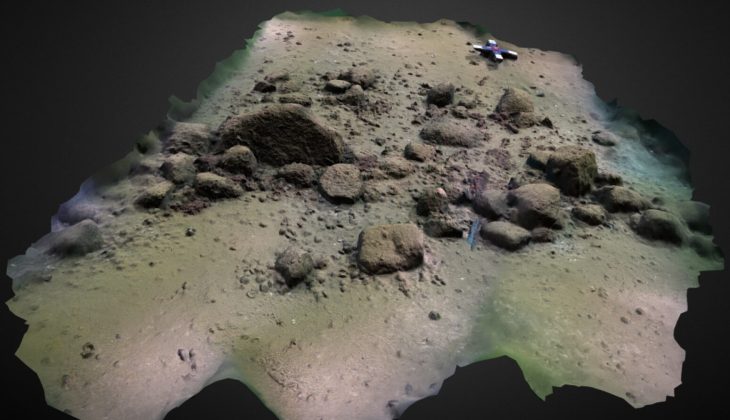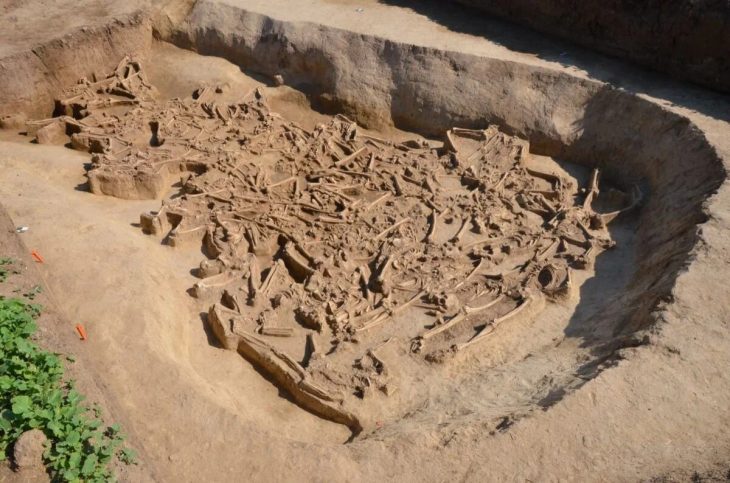The discovery of a fig dating back 2,000 years during an archaeological excavation of Drumanagh in north Dublin, has been described as “incredibly rare”. The discovery shines a light on the foods that were traded between the Roman Empire and Ireland thousands of years ago.
In Drumanagh, between Loughshinney and Rush, on a headland where a significant Roman Empire trading post once stood, a charred piece of fig fruit was discovered during an excavation.
The 2,000-year-old fig is just one of many artifacts discovered in the region during excavations. Other discoveries include ceramic and metal items, along with more food remnants, according to a press release from University College Dublin regarding the archeological discovery. Food remains were able to stay preserved due to their burned condition.
Christine Baker, Fingal County Council’s Heritage Officer/Archaeologist, is leading the excavations, which have been ongoing for several years during the summer months.
The ancient fig provides new insights into the goods traded between the Roman Empire and Ireland.
“Fig seeds dating to as far back as the 13th century have been recovered from excavations of medieval Dublin, Cork, and other towns,” Professor Merial McClatchie, director of the UCD Ancient Foods research group at University College Dublin (UCD) School of Archaeology, said per the news release.
The ancient find is a first of its kind for Ireland.
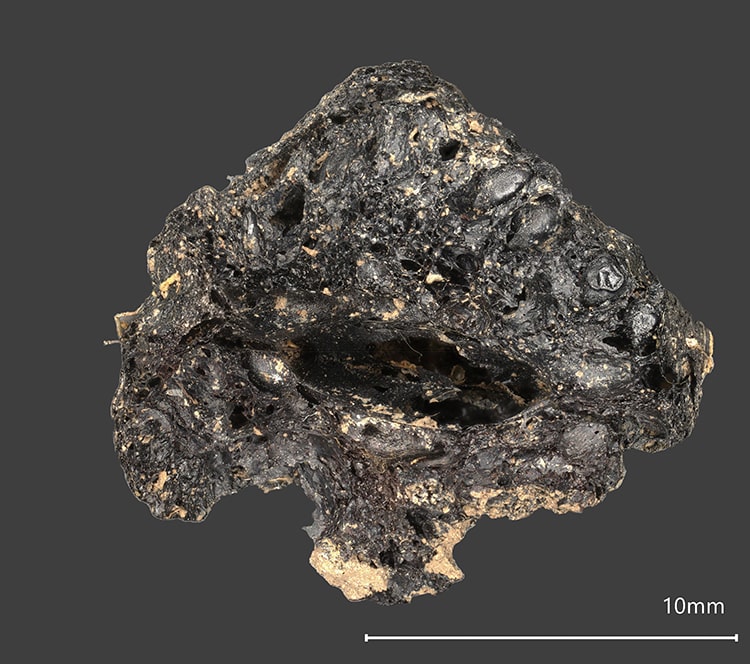
“An actual fruit has never been found in Ireland until now, but what is most important about the Drumanagh fig is its antiquity. It is without parallel in Ireland and is by far the oldest example of an exotic fruit found here,” McClatchie said.
But while figs were traded across the Roman Empire, McClatchie said “we did not know until now that they made it all the way to Ireland”.
At its height, the Roman Empire ruled much of Europe, and parts of Western Asia and North Africa. Its power did not extend into Ireland, however.
The establishment of extensive trading routes within the Empire allowed Roman cuisine to become widely available, including new herbs and spices, nuts such as almonds, and fruits such as grapes, dates and figs.
All the finds together have helped researchers better understand how people in Ireland lived thousands of years ago.
“Our excavations have revealed more of the story of those living and working at Drumanagh,” said Christine Baker per the news release. “We now know there was an importation, not just of goods but of lifestyle. By these windswept cliffs people were consuming spelt bread, olive oil and figs, drinking from glass vessels and fine ceramic cups while wearing brooches and glass beads. The evidence so far points to a connection with the Chester/Wirral area of Roman Britain during the first 200 years of the Roman conquest.”
The Drumanagh promontory fort is a nationally important Iron Age archaeological site and consists of a headland covering approximately 46 acres, defended by a series of earthworks.
Cover Image Credit: Detail of seeds embedded within the charred fig from Drumanagh. This photograph was taken at a Historic England laboratory using an AHRC-funded Keyence VHX7000 3-D digital microscope at x 30 magnification. Credit: Historic England Historic England

